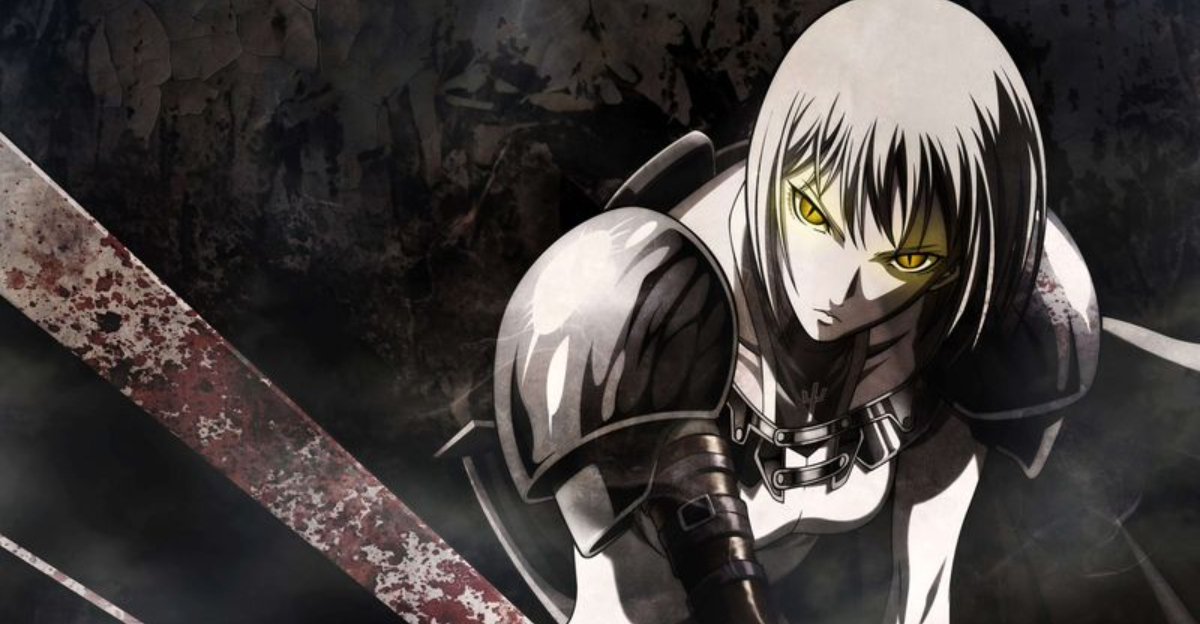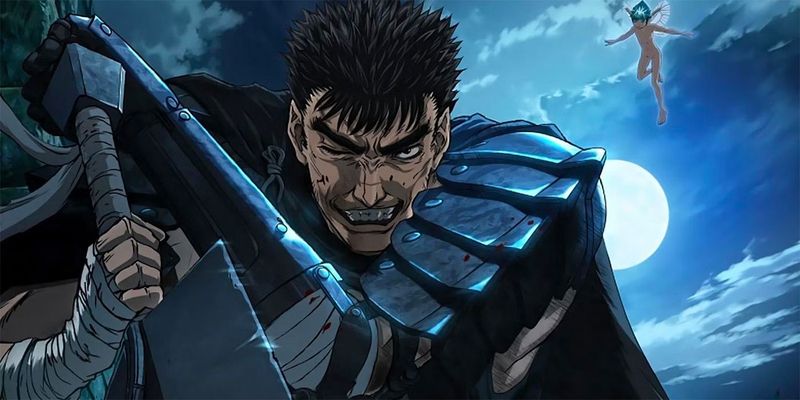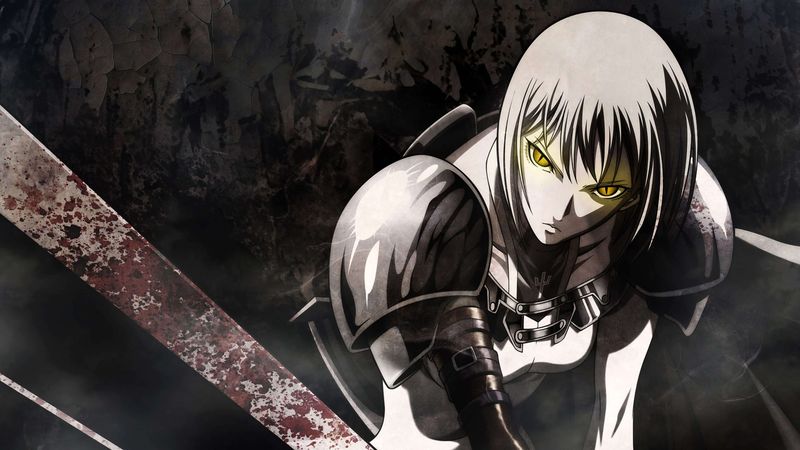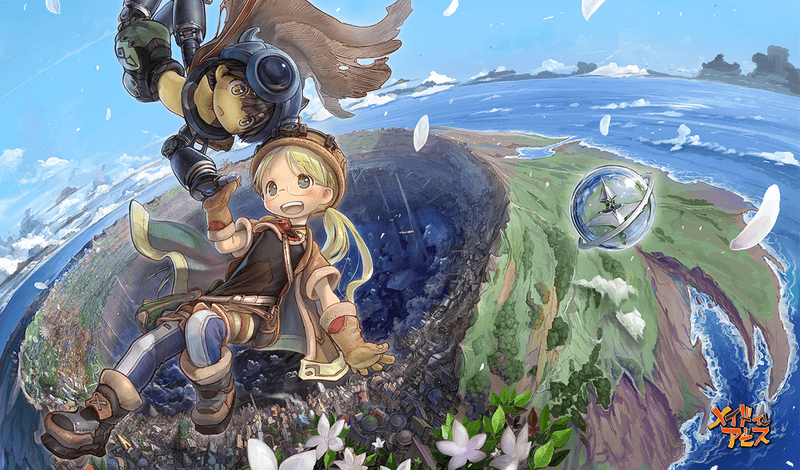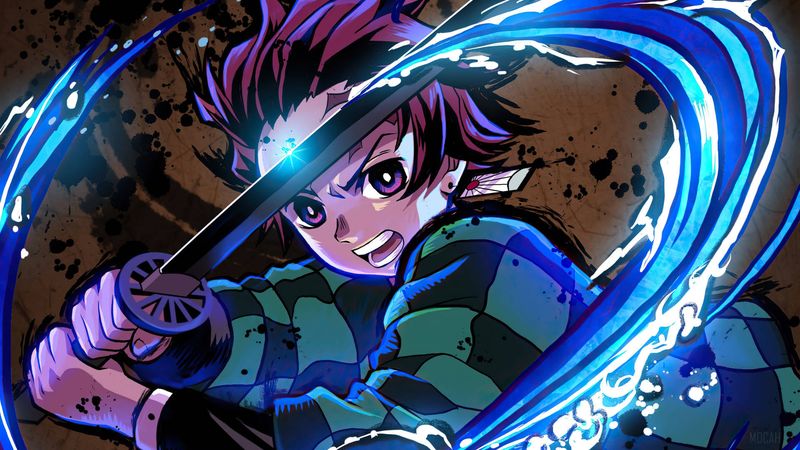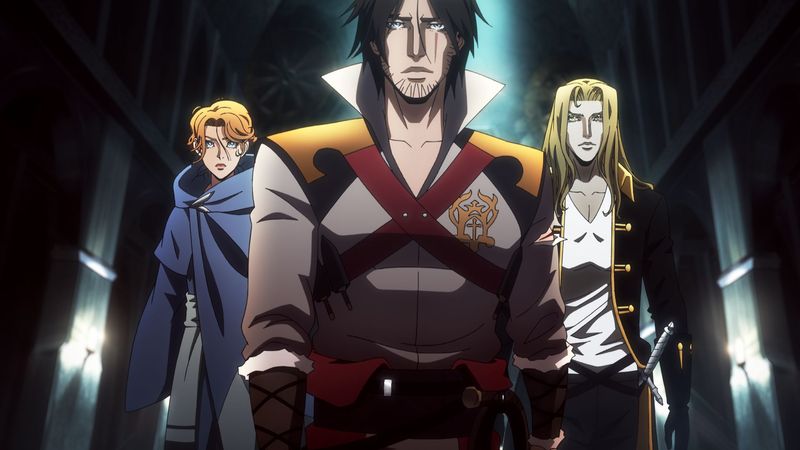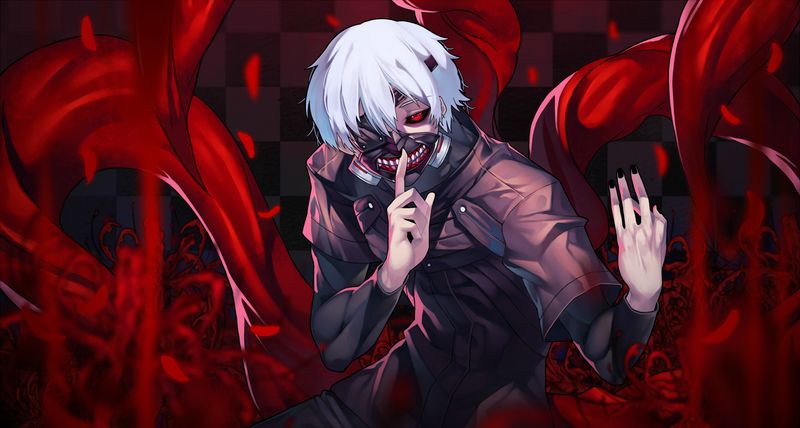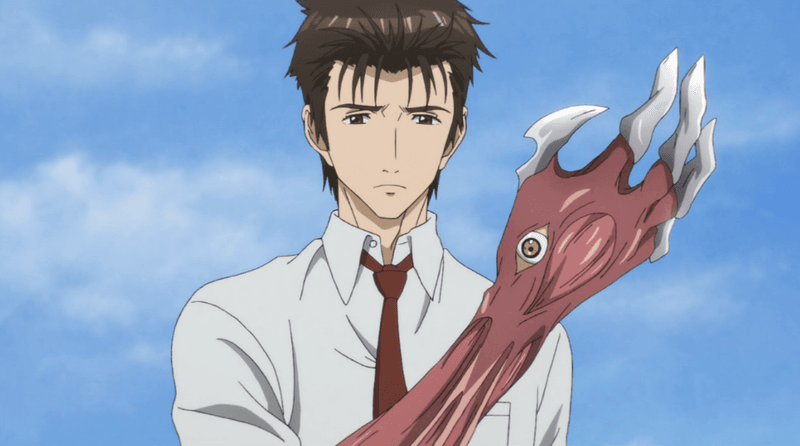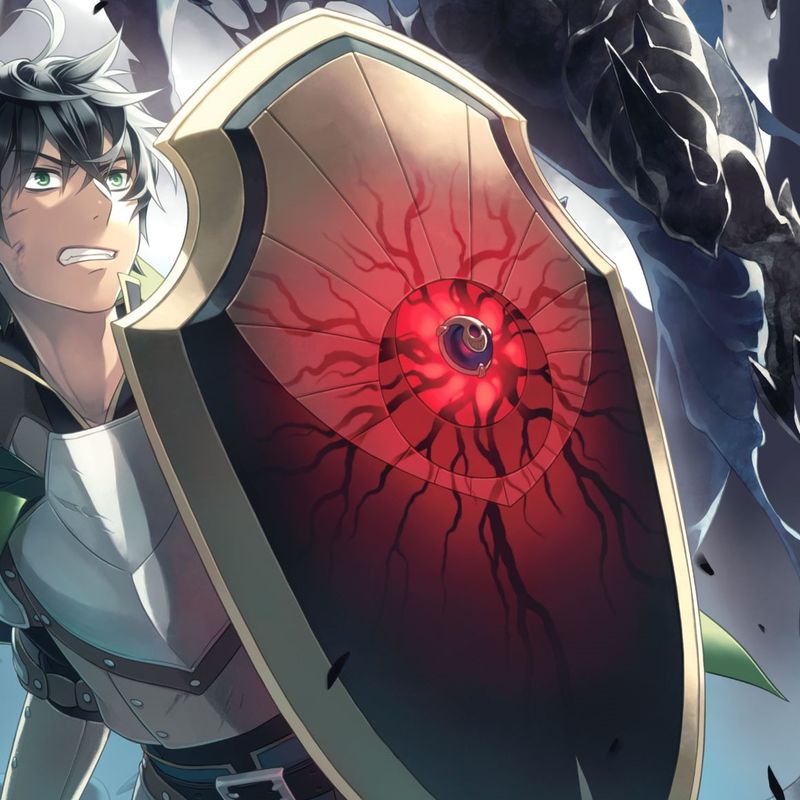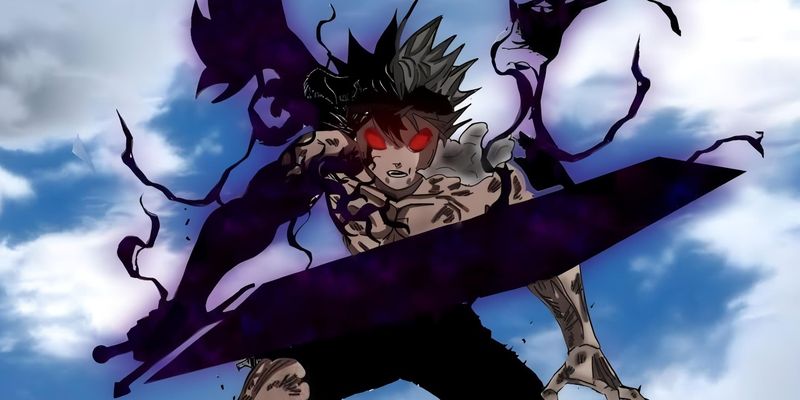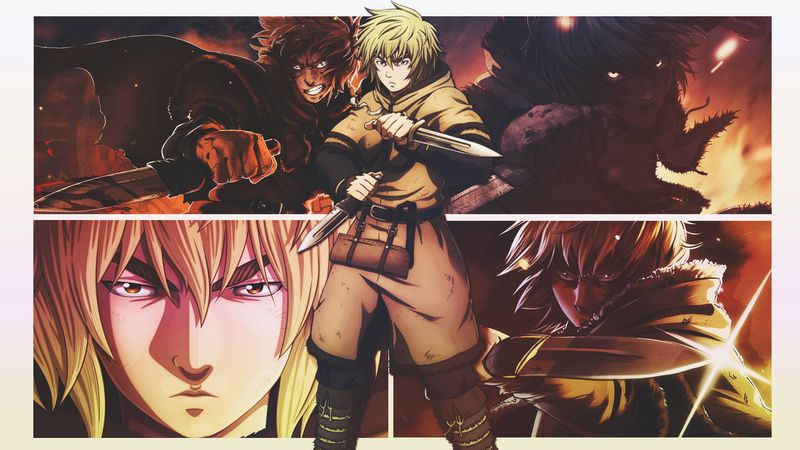Anime has created some of the most haunting dark fantasy worlds ever imagined. These shows take us beyond typical fantasy adventures into realms where moral lines blur, characters face true horror, and happy endings aren’t guaranteed. From blood-soaked medieval epics to psychological nightmares disguised as magical tales, these series push boundaries while delivering unforgettable stories that stick with you long after watching.
1. Berserk: Medieval Nightmare Unleashed
Guts’ journey through a demon-infested medieval world remains the benchmark for brutal dark fantasy. Following a lone mercenary wielding a massive sword against grotesque monsters and former allies, Berserk plunges viewers into a relentless nightmare of betrayal and survival.
The 1997 series captures the emotional core perfectly, while the 2016 version expands the story despite controversial animation. What makes Berserk legendary isn’t just its violence but its unflinching look at humanity pushed to extremes.
The Eclipse sequence stands as perhaps the most traumatic event in anime history—a visceral reminder that in this world, hope itself can be the cruelest weapon.
2. Attack on Titan: Humanity’s Last Stand
Behind massive walls, humanity’s remnants cower from flesh-hungry giants in this apocalyptic masterpiece. What begins as a straightforward survival horror evolves into something far more complex and morally ambiguous.
Eren Yeager’s transformation from vengeful teenager to something altogether more terrifying mirrors the show’s own evolution. Each season peels back another layer of conspiracy, historical tragedy, and uncomfortable questions about freedom’s true cost.
Few anime have managed such a perfect blend of jaw-dropping action sequences, political intrigue, and psychological horror. The titans themselves—naked, grinning monstrosities—remain some of animation’s most unsettling creations.
3. Dorohedoro: Chaotic Sorcery in the Dumps
Welcome to the Hole—a garbage-strewn wasteland where sorcerers treat humans like lab rats. Caiman, a lizard-headed amnesiac, hunts these magic-users while trying to discover who cursed him and why.
Dorohedoro’s world feels genuinely alien yet strangely lived-in, with characters who seem perfectly adapted to its blood-soaked absurdity. The violence is extreme but balanced with dark humor that somehow makes the horror more digestible.
Director Yuichiro Hayashi crafts a visual feast from this nightmare, blending hand-drawn animation with CGI to create something that feels like a fever dream. Few anime juggle the grotesque and the hilarious with such weird charm.
4. Claymore: Silver-Eyed Demon Slayers
Half-human, half-monster women bearing massive swords patrol a medieval landscape infested with shape-shifting demons. Clare, ranked weakest among these Claymores, harbors a personal vendetta that drives her beyond her limits.
The series excels at building genuine dread—the Yoma monsters hide in human form until their hunger overwhelms them. Every village, every friendly face might conceal a beast waiting to feed.
What elevates Claymore beyond monster-of-the-week fare is its exploration of identity. These silver-eyed warriors walk a tightrope between their humanity and the demonic power they must harness, knowing they’ll eventually transform into the very things they hunt.
5. Made in Abyss: Cute Facade, Horrifying Depths
Don’t be fooled by the adorable character designs—Made in Abyss might be the most psychologically scarring anime on this list. The story follows Riko, a young orphan who descends into a mysterious, seemingly bottomless pit to find her mother.
Each layer of the Abyss brings new wonders and increasingly disturbing horrors. The curse of the Abyss—which causes everything from nausea to complete bodily transformation when ascending—creates a one-way journey into nightmare.
The contrast between the gorgeous, almost fairytale-like animation and the brutal reality of the Abyss creates emotional whiplash. Few series have made viewers feel such wonder and despair in equal measure.
6. Demon Slayer: Beauty Amid Bloodshed
Tanjiro’s quest to cure his sister after a demon attack decimates their family blends breathtaking animation with genuine emotional weight. Ufotable’s fluid animation transforms each battle into a visual spectacle—water dragons and fire tigers dance across the screen in stunning detail.
Beneath the gorgeous surface lies a surprisingly nuanced exploration of monstrosity. Many demons retain fragments of their humanity, making their inevitable destruction both necessary and tragic.
The series excels at creating authentic familial bonds amid chaos. Tanjiro’s unwavering compassion—even toward the demons he must destroy—provides a moral center in a world where humans can be just as monstrous as the creatures they hunt.
7. Castlevania: Gothic Horror Masterclass
Inspired by the legendary video game series, Netflix’s Castlevania revels in its mature approach to vampire hunting. Trevor Belmont—last of a disgraced monster-hunting family—reluctantly joins forces with Dracula’s son Alucard and the magician Sypha to prevent the vampire lord’s genocide of humanity.
The animation delivers spectacularly gory action sequences that never feel gratuitous. Blood cascades across the screen as vampires explode, demons shatter, and humans meet gruesome ends.
Writer Warren Ellis crafts genuinely intelligent dialogue that elevates the material beyond typical vampire fare. Dracula himself transcends villain status—his campaign against humanity stems from genuine grief after religious zealots burn his human wife at the stake.
8. Tokyo Ghoul: Becoming the Monster
Kaneki Ken’s transformation from bookish college student to flesh-eating ghoul creates a uniquely disturbing identity crisis. Forced to live between human and ghoul societies, he experiences prejudice from both while struggling with his new hunger for human meat.
The psychological horror hits hardest during Kaneki’s torture sequence—a masterclass in breaking down a character mentally and physically. His hair turns white from trauma as he embraces the monster within to survive.
Tokyo Ghoul’s urban setting makes its horror more immediate than medieval fantasies. The ghouls could be anyone—your professor, your neighbor, your date—adding paranoia to the already potent mix of body horror and existential dread.
9. Parasyte: The Maxim: Invasion From Within
When alien parasites invade Earth by burrowing into human brains, teenager Shinichi’s life is forever altered when one fails to reach his brain and instead takes over his right hand. Named Migi, this sentient parasite forces an unlikely partnership as other infected humans hunt them both.
The body horror aspects are genuinely unsettling—human faces split open into monstrous forms with bladed appendages. What begins as pure horror evolves into a fascinating exploration of symbiosis and humanity.
Shinichi’s gradual transformation—becoming colder and more calculating as Migi becomes more emotional—raises questions about what truly defines being human. The series never offers easy answers, only increasingly complex moral dilemmas.
10. Hellsing Ultimate: Vampiric Ultraviolence
Alucard—Dracula himself—serves the Hellsing Organization as England’s ultimate weapon against supernatural threats. Gleefully sadistic and nearly omnipotent, he tears through enemies with theatrical brutality while his fledgling vampire Seras Victoria struggles with her new undead nature.
The OVA series embraces excess in all forms—blood fountains from severed limbs, religious imagery pervades every frame, and characters deliver grandiose monologues amid carnage. Nazi vampires, Catholic crusaders, and British Protestants wage a three-way occult war across London’s burning streets.
Beneath the ultraviolence lies surprising depth, particularly in Alucard’s complicated relationship with humanity. A monster who despises weakness yet respects human determination, he represents the perfect dark fantasy antihero.
11. The Rising of the Shield Hero: Betrayal and Bitterness
Summoned to another world as one of four legendary heroes, Naofumi Iwatani quickly discovers his Shield Hero role is despised. Falsely accused of assault and abandoned by his companions, he embraces cynicism and revenge as his driving forces.
Unlike most isekai protagonists who build harems and power through obstacles, Naofumi faces genuine hardship and discrimination. His partnership with Raphtalia—a demi-human slave he purchases—evolves from exploitation to something more complex and redemptive.
The series excels at exploring how trauma shapes worldviews. Naofumi’s bitter pragmatism feels earned rather than edgy, creating a protagonist whose moral growth comes in small, hard-won increments rather than grand epiphanies.
12. Ergo Proxy: Philosophical Dystopia
In a post-apocalyptic dome city, detective Re-L Mayer investigates murders connected to conscious androids called AutoReivs and encounters a mysterious being known as a Proxy. Her investigation unravels the very foundations of human civilization and her own identity.
Visually striking with its muted color palette and architectural designs inspired by Blade Runner and Gothic cathedrals, Ergo Proxy creates a uniquely oppressive atmosphere. The series demands attention, layering philosophical concepts from Descartes to Nietzsche into its narrative.
Few anime are this intellectually ambitious while maintaining genuine emotional stakes. The journey across the wasteland reveals how thoroughly humanity has fallen—and perhaps why it deserved to.
13. Black Clover: Magic’s Dark Underbelly
Beneath its shonen trappings lies a surprisingly dark exploration of class warfare, demonic possession, and magical terrorism. Asta—born without magic in a world that revolves around it—wields anti-magic through grimoires containing actual demons.
The Clover Kingdom’s rigid class structure creates genuine social commentary. Magic Knights from noble families look down on commoners while the forgotten citizens of the Forsaken Region plan revolution through any means necessary.
As the series progresses, the demonic elements take center stage. The ancient devils manipulating events reveal the kingdom’s foundations are built on genocide and forbidden magic. Few mainstream shonen series commit so thoroughly to exposing the rot beneath their magical societies.
14. Puella Magi Madoka Magica: Magical Girl Deconstruction
The ultimate bait-and-switch in anime history, Madoka Magica presents itself as a cute magical girl show before revealing its true nature—a psychological horror about exploitation, despair, and cosmic horror. Middle schooler Madoka Kaname meets a cute mascot offering magical powers in exchange for a wish.
The truth behind this contract is devastating. Magical girls fight until death or despair transforms them into the very witches they battle. Their souls are extracted and placed in gems that gradually darken with each spell cast.
Director Akiyuki Shinbo creates visual nightmares through witch labyrinths—surreal paper cutout worlds where physics and logic collapse. The series builds to an emotionally wrenching climax that redefines sacrifice in ways few anime dare attempt.
15. Vinland Saga: Viking Vengeance Cycle
Though light on supernatural elements, Vinland Saga earns its dark fantasy credentials through unflinching brutality, moral complexity, and psychological depth. Young Thorfinn joins a band of mercenaries to avenge his father’s murder, only to become the very thing he once despised.
The historical Viking setting provides the perfect backdrop for exploring how violence corrupts even the purest souls. Director Shūhei Yabuta captures both breathtaking landscapes and intimate character moments with equal skill.
Askeladd—the man Thorfinn hunts—stands as one of anime’s most complex antagonists. Neither hero nor villain, his pragmatic cruelty and occasional nobility create a character impossible to categorize. The series asks difficult questions about revenge’s true cost without offering easy answers.
